Bell middle: varieties, cultivation, breeding
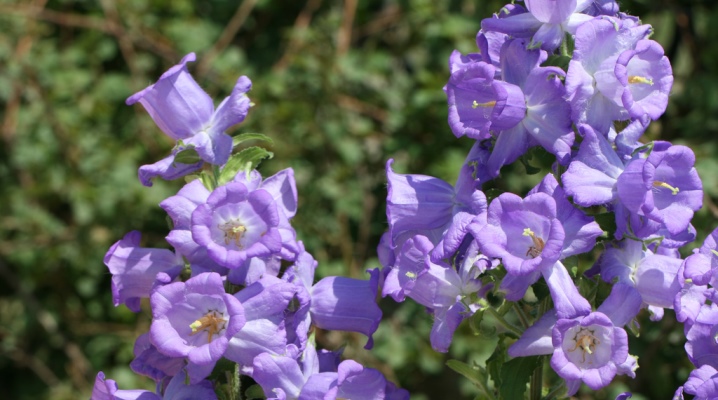
The middle bell is a popular garden culture. Delicate plants with graceful flowers become a real decoration of the site. Moreover, they are not too whimsical and can be grown even by inexperienced summer residents. You should learn about the popular varieties of medium bells, as well as about the features of caring for them.
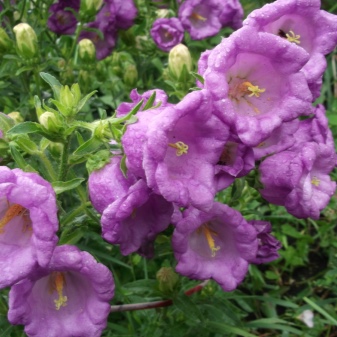
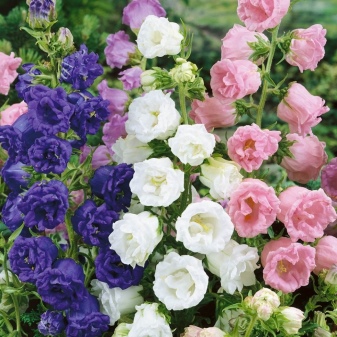
Description
The culture is biennial. The height of the plant can reach up to 1 m. A more accurate indicator depends on the variety. Flower stems are straight, rigid, do not require support. The leaves are narrow, rich green.
Flowers are the main decoration of culture. They are shaped like graceful inverted goblets. At the edges, the petals are slightly wavy, bent outward. Flowers are regular and double. The bud length can reach 6–7 cm. Each inflorescence can include up to 45–50 flowers. The color scheme is cool and sophisticated. There are buds of white, pink, blue, blue, purple shades.
The flowering period of the culture is from June to the end of summer. In sunny areas, the bell blooms more abundantly.
In partial shade, the appearance of the plant is more modest, but the opened buds remain on the bush longer.
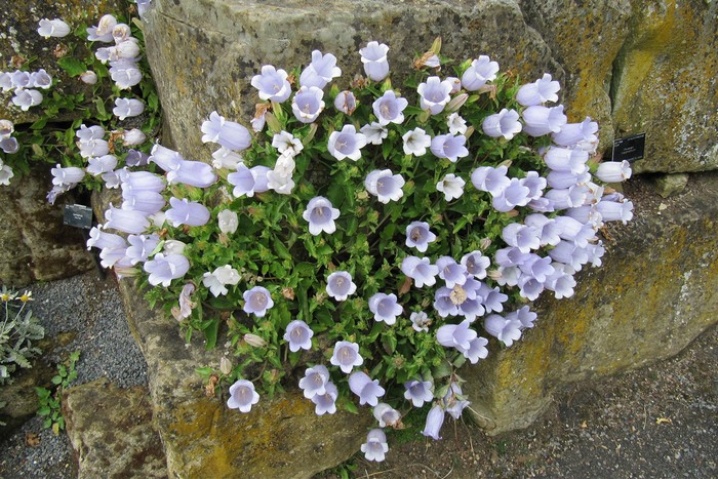
Popular varieties
There are many beautiful varieties.
- "Mix of colors." Under this name, manufacturers produce seed packages with multi-colored bells. Usually these are terry varieties that form spectacular high (up to 1 m) bushes. Flowering occurs from July to late August.

- "Cup and saucer". This is the name of a whole variety group. The colors are different (white, pink, blue), only the shape of the buds is similar. Luxurious double flowers have 2 "skirts". The result is a shape that really looks like a curly tea pair. The maximum plant height is 80 cm. The culture blooms from June to September.
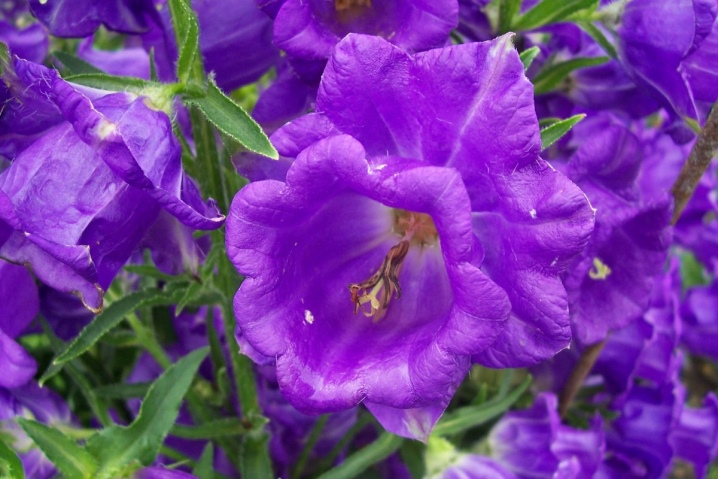
- Campana lilac. This variety is distinguished by its traditional purple flowers. The height of the culture is from 75 to 85 cm. Flowering begins in the middle of summer and pleases gardeners until September.
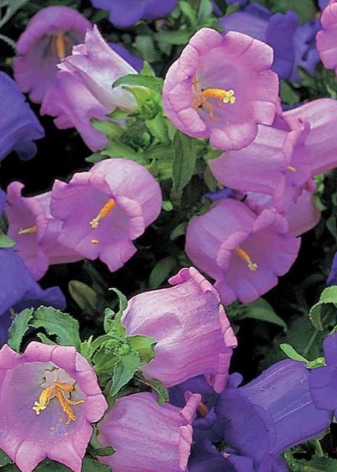
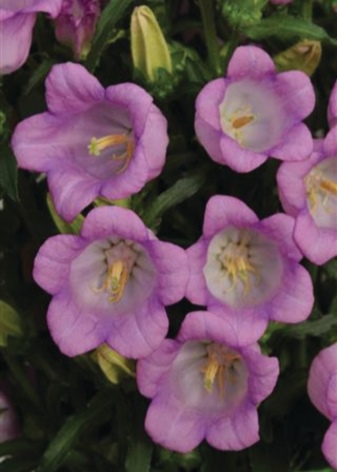
- Campana White. Elegant snow-white flowers directed upwards make the bush look like an air cloud. The growth of the culture is average: from 50 to 80 cm. Flowering occurs in early summer. After pruning, the plant blooms again.
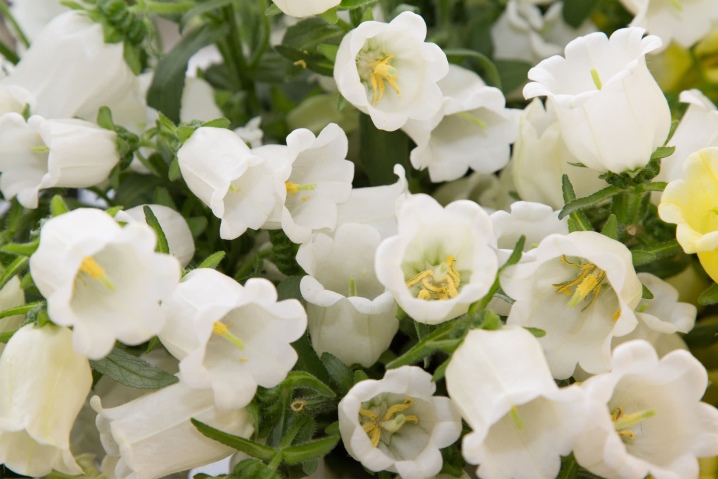
- Pink. Neat pale pink flowers in the shape of glasses are the embodiment of grace. Such bells grow up to 80–85 cm. Flowering occurs in July and lasts until September.

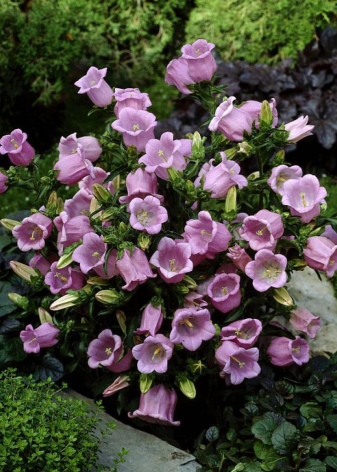
- "Carminrose". This is another cultivar with pink flowers. However, his petals have a more saturated tone. The height of the plants is about 80 cm. They bloom from July to September. The inflorescences are rather large. This variety, like many others, is ideal for both cutting and decorating plots.
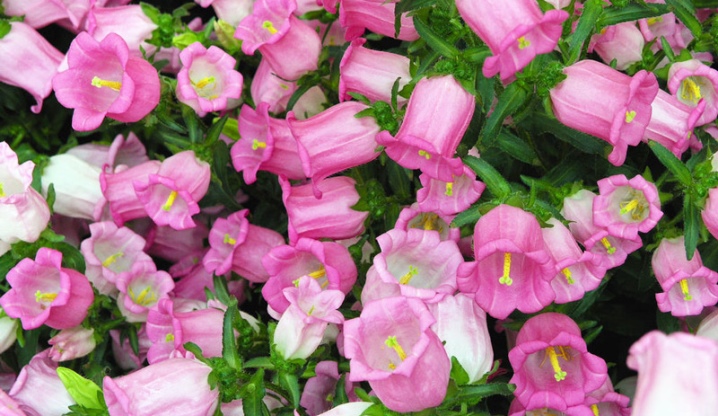
Landing
Seat selection
Culture loves light, although it develops successfully in partial shade. An excellent solution would be to place flowers on the west or east side of the house or gazebo, where there is no direct sunlight during the day. Coolness also benefits the bell.
The soil should be light, fertile. Good drainage is also important. As for the acidity level, it should be neutral. You cannot plant a bell in acidic soil.
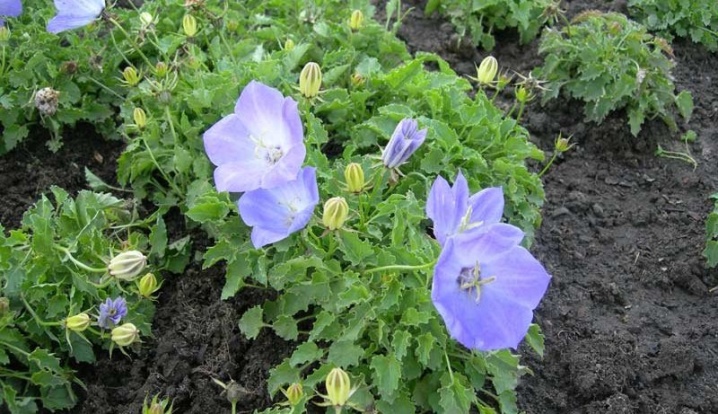
Process
Most often, bells are grown from seeds. There are 2 options.
- Sowing in open ground. In this case, the gardener will be able to enjoy the flowering next season.
- Growing seedlings. This method is the most popular, because with this method the plants bloom already in the year of planting.
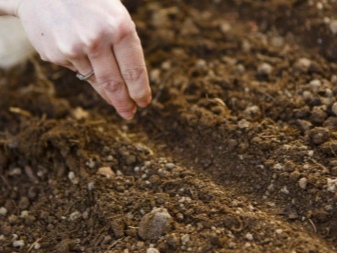
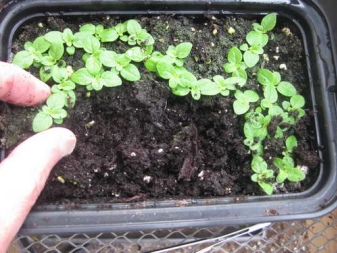
Let's consider the process in more detail. Seedlings start growing at the end of October. So the plants have enough time for full formation. By the summer they will be ready to move to the site.
- The containers should be prepared first. These can be plastic containers or small wooden boxes.
- Then the soil is prepared. For 6 parts of sod land, take 3 parts of rotted leaves. And also add 1 part of fine sand. All elements are thoroughly mixed.
- The resulting mixture is poured into containers. Produce moderate watering.
- The seeds are spread over the soil surface. Then they are lightly pressed down and sprinkled with sand.
- After that, the containers are covered with glass or polyethylene. They are taken to a dark but warm and well-ventilated place.
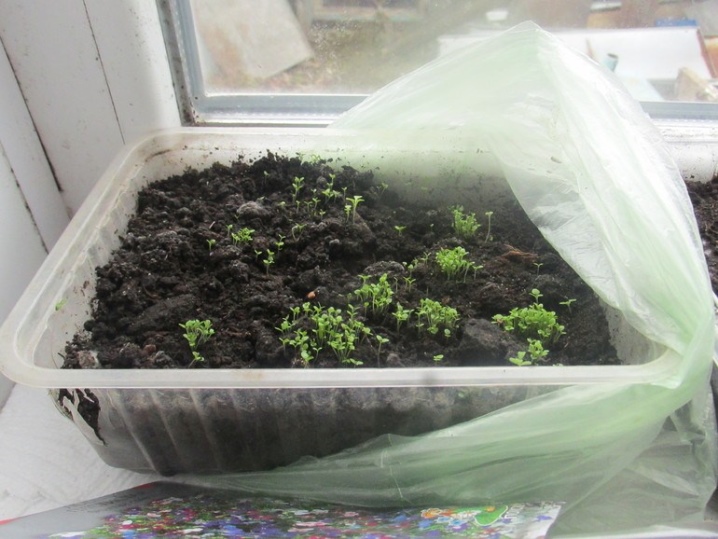
The most suitable air temperature is 20 ° C. If it is not possible to put the boxes in the dark, you can artificially create a darkening. To do this, a dark, dense cloth is placed on top of the glass or film. Periodically, the seedlings are ventilated and sprayed with a spray bottle.
The first shoots can be seen after 2 weeks. Darkening is removed or containers with seedlings are rearranged in a well-lit place. When the first leaves appear on 3-centimeter seedlings, a pick is made. When transplanting, a distance between the specimens of at least 15 cm is observed. Then the young flowers are again removed into the dark for 10 days. This allows the seedlings to take root better in their new location. They do not forget about moisturizing young flowers.
After spring frosts (around the end of May), the seedlings are moved to the site. Flowers are planted keeping a distance of about 30 cm between specimens.
If the gardener adheres to all the basic rules of care, he will soon be able to notice the appearance of the first buds.
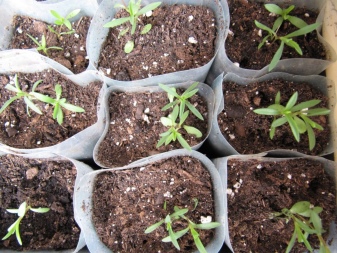
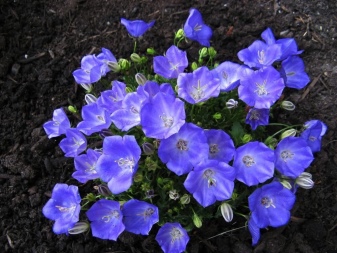
Follow-up care
Watering
Bells need moist soil. Therefore, watering should be regular, especially if the weather is dry and hot. Otherwise, the flowers are crushed or completely cease to appear on the plant. However, you should not be too zealous either: excess moisture at the roots can provoke their rotting. After moderate water procedures, the soil around the plant should be loosened.
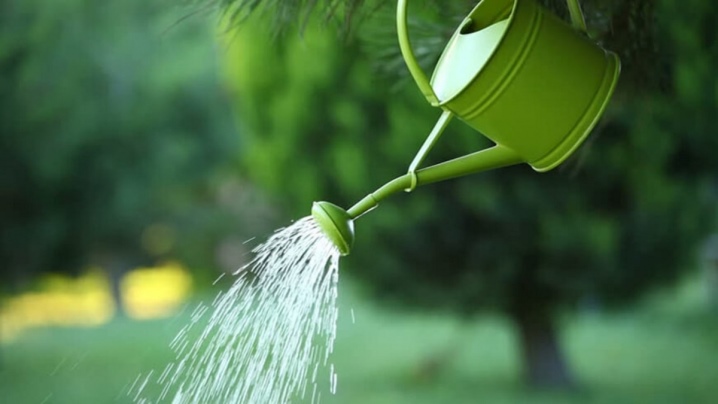
Top dressing
In early spring, the culture is fed with nitrogen. The second time fertilizers are applied during the budding period. During this time, formulations with a high phosphorus and potassium content will be helpful. It is important to remember that mullein fertilization of bells is unacceptable. Not only will this not help the plant to bloom and develop luxuriantly, but it can also lead to problems.
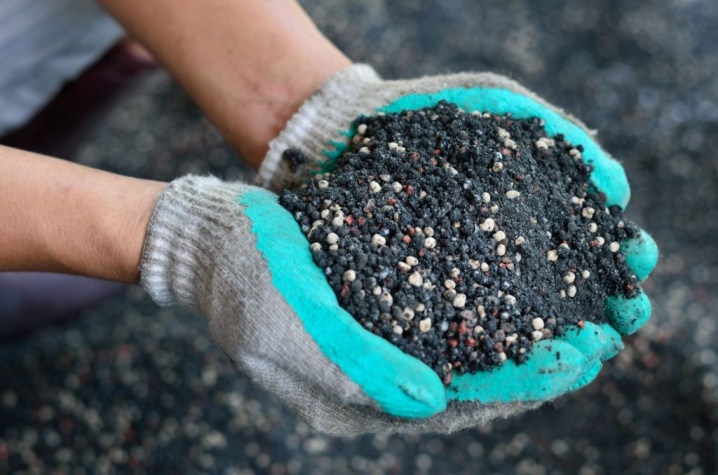
Weeding
It is imperative to weed the area where the bell grows. This will provide oxygen to the root system of the crop. It is also important to remove wilted flowers of the plant in a timely manner. New buds will quickly take their place.
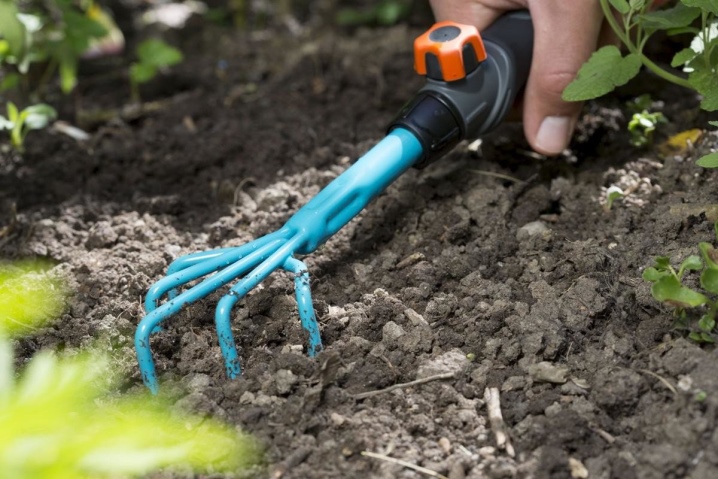
Preparing for winter
In the fall, you should prepare the flower for wintering. The plant is pruned and covered with mulch. Fallen leaves are quite suitable to protect the root system from frost. Their layer should be at least 10 cm. You can also use peat. The next year, in the spring, the shelter is removed. After that, the plants are fertilized with ammonium nitrate.
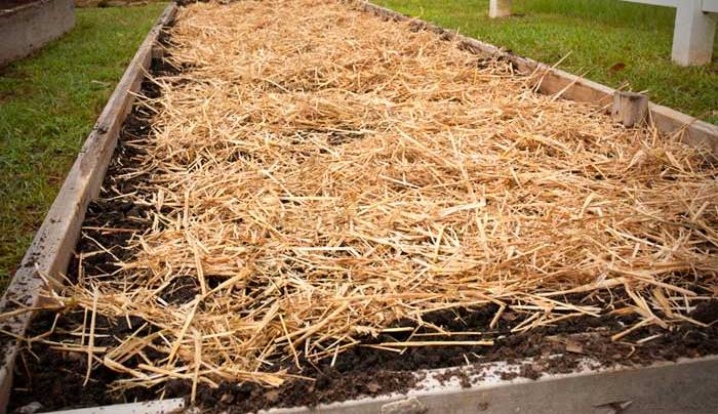
Reproduction
Seed material is harvested in early autumn. Only absolutely healthy plants are suitable for this. Unfortunately, in this way it is not possible to achieve a repetition of the varietal characteristics of the mother bush. Hybrids are simply not able to convey their traits in this way. Therefore, it is possible that the planted flowers will not be pink or snow-white, as expected, but classic, that is, blue.
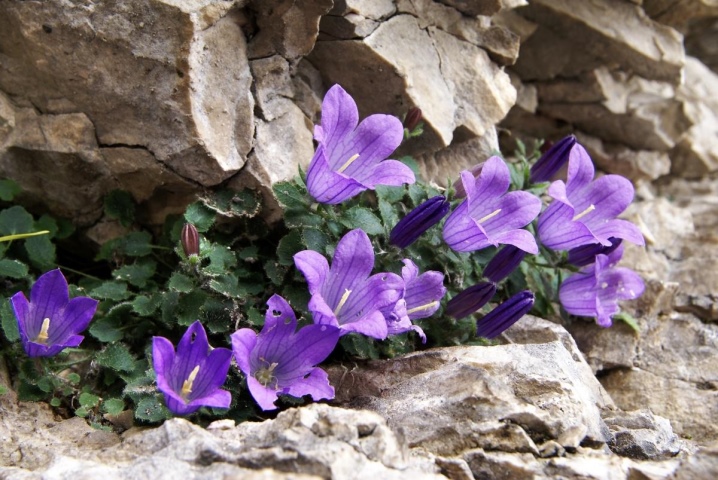
Cuttings
This method preserves the desired characteristics of the plant, including the color and shape of the buds. When the flower reaches 2 years of age, a stalk is taken from it. This is done in the spring, when the stems have already formed. The handle should have 3 internodes.Leaves are removed from it. This allows the future new flower to direct all its forces to the development of the root system and growth.
The stalk is placed in open ground. The earth is preliminarily moistened. It is important to ensure that the 2 internodes remain above the soil level. Then the planting is closed with a glass jar. You can also use a cut plastic bottle.
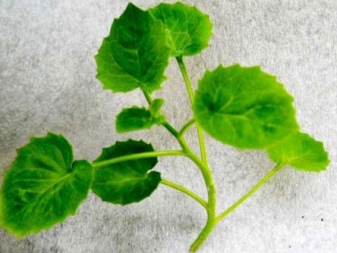
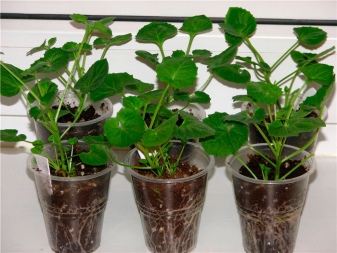
Dividing the bush
This is another excellent way to ensure that the characteristics of the variety are conveyed. The bush is divided in the spring. And also this can be done at the end of summer, after the heat recession. The bell is carefully dug out. The root is divided into 2-3 parts with a sharp knife. Each element obtained should have several stem buds.
Places of cuts are treated with ash. You can also use a manganese solution for disinfection. Then the resulting parts are seated in the selected places. It is better to give preference to areas with light sandy soil. Humus and mineral composition are added to the ground. In order to ensure drainage, gravel is placed on the bottom. Then the soil is watered. Flowering can be expected next year.
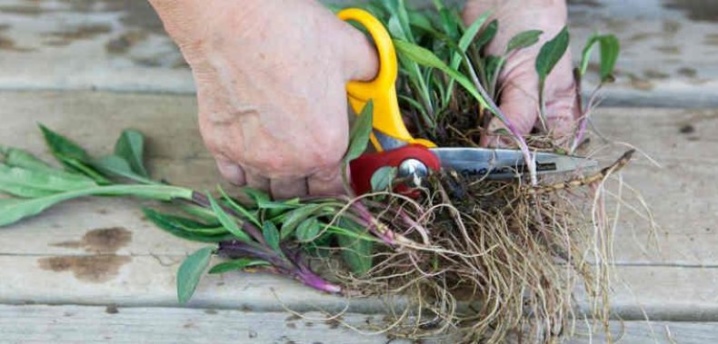
Disease and pest control
Bells are disease resistant. Pests also rarely attack them. However, sometimes unpleasant situations also happen. In rainy and cool weather, the plant can get sick with powdery mildew or rust. Fundazol is used for the prevention and treatment of such ailments.
To prevent the appearance of slugs, it is worth scattering superphosphate around the plant. If the problem has already been detected, the leaves are also sprayed with pepper infusion. Metaldehyde can also help.
To protect the root system of the bush from mice, you should regularly and deeply loosen the soil around the flower.
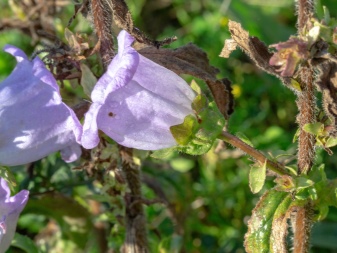

Beautiful examples in landscape design
The middle bell looks great both as an independent decoration of the site, and as an element of the garden composition. Flowers are often used to decorate flower beds, alpine slides, mixborders. They are planted near terraces, gazebos, along walking paths, next to benches. The culture goes well with garden geraniums, carnations, marigolds, phloxes, viols, cuffs, roses. You can emphasize the beauty of the bell with dense greens of non-flowering crops or cereals. Bells and container landing are allowed.
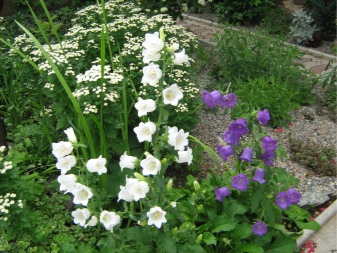
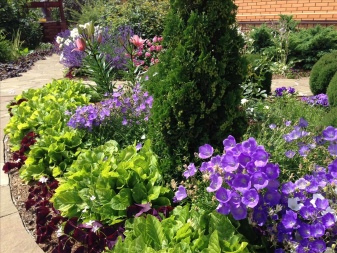
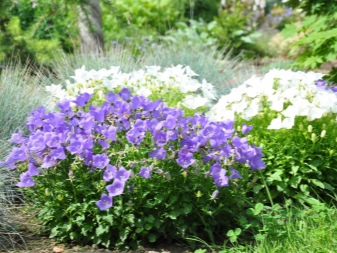

For information on how to grow a medium bell, see the next video.







































































































The comment was sent successfully.